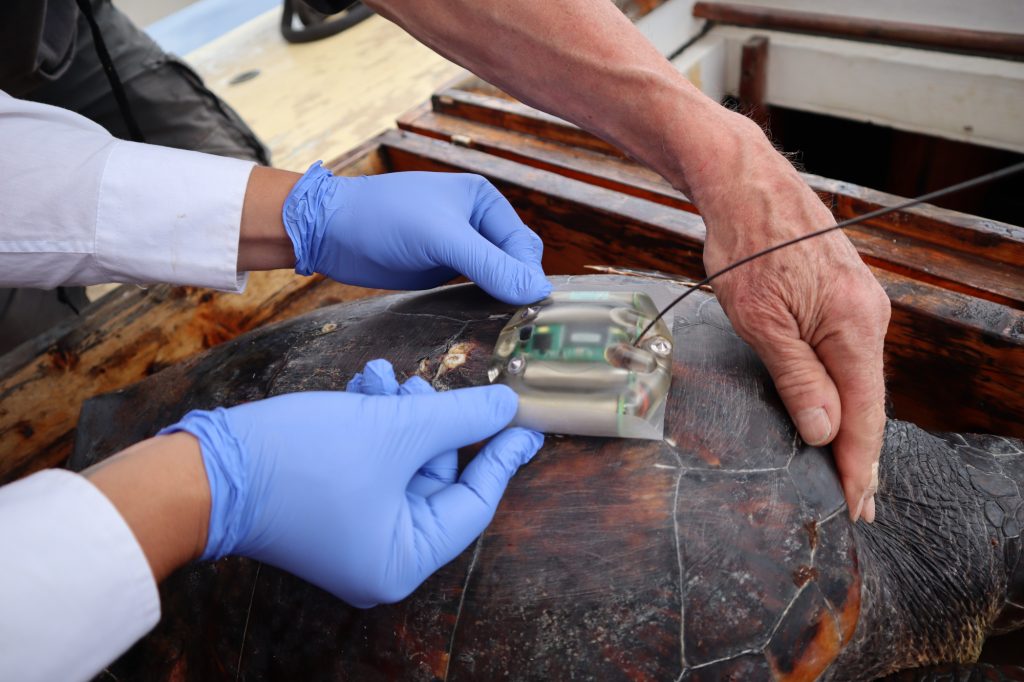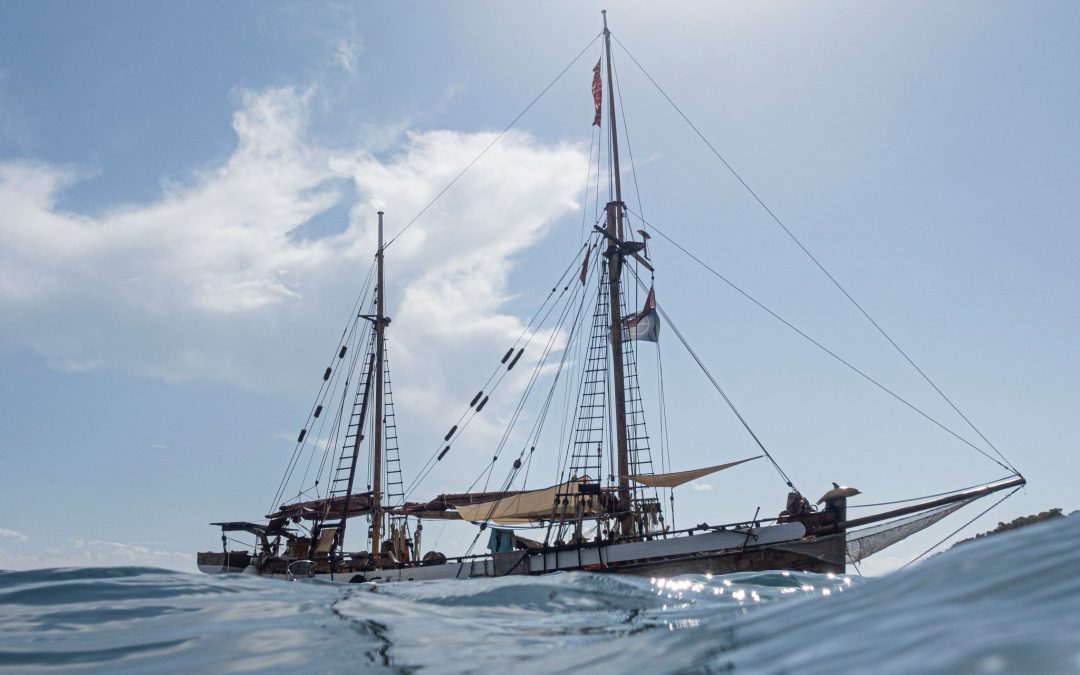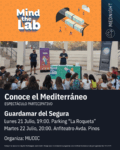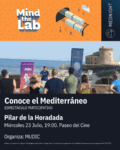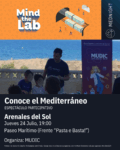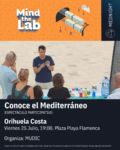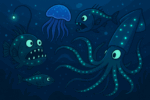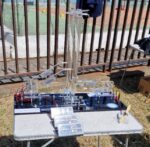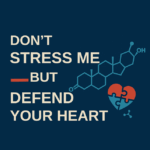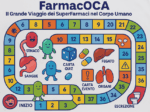Research is most useful when it has concrete implications, being used to inform policies and work alongside stakeholders — crucial to making the right decisions. This is what I discovered during a Mednight-sponsored expedition in the Alboran Sea aboard the Toftevaag, a marine research ship belonging to Alnitak. I am Camille, a 24-year-old graduate with a MA in Development Studies, and I will take you along on our exciting 11-day expedition.
Author: Camille François
Almerimar — Saturday 6th May 2023 was the day I first set my eyes on the Toftevaag, a wooden ship built in 1907 first used as a fishing ship, and later converted as a marine research vessel. With its colourful history, which involved carrying pilots during WWII, Toftevaag is a full-fledged part of the team — and we would soon become quite attached to her. By “we”, I mean our merry little team of five volunteers that joined an Alnitak expedition for the first time: Ania, a Ukrainian, Leana and Sabrina, two Swiss girls, Denise, a German and I, a French girl. The other members of the team, Ric, the captain, Beat, the bosun, Alex, the principal investigator and volunteers’ coordinator, and Milka, a seasoned volunteer, already like Toftevaag unconditionally!
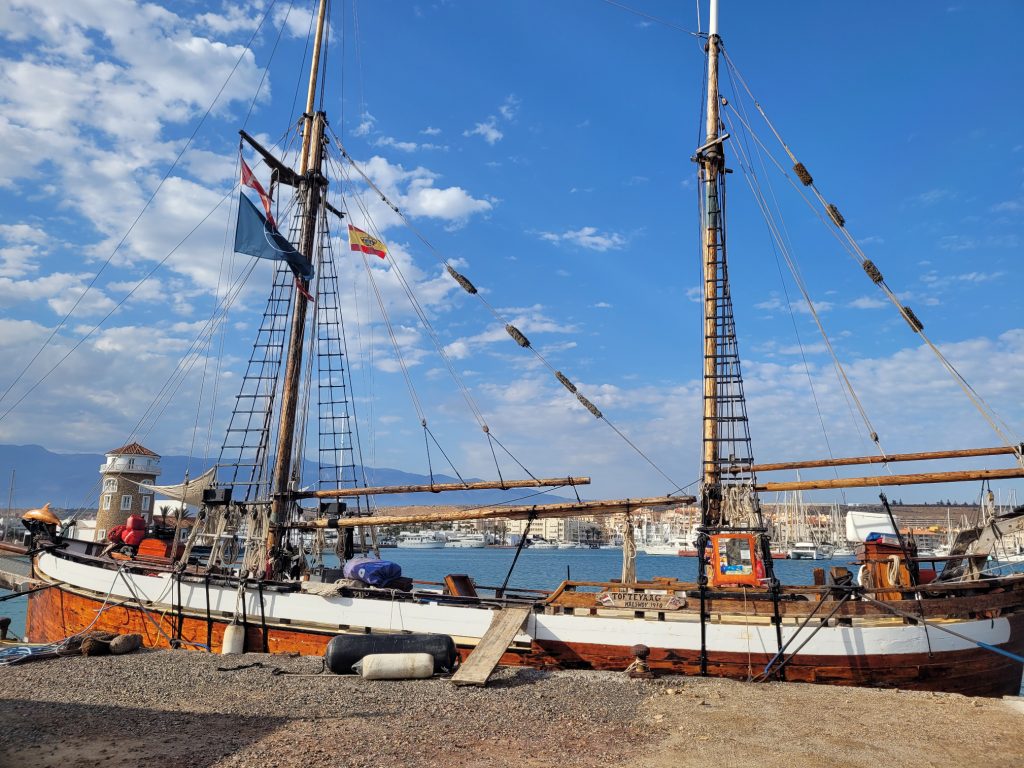
Almerimar — Sunday 7th May 2023 was our first full day on the ship. Adverse weather conditions prevented us from going out at sea, but if you have ever stayed on a historical ship you know that there is always some maintenance work to do. Patching holes in the sails and attaching them back to the rig already took us most of the day.
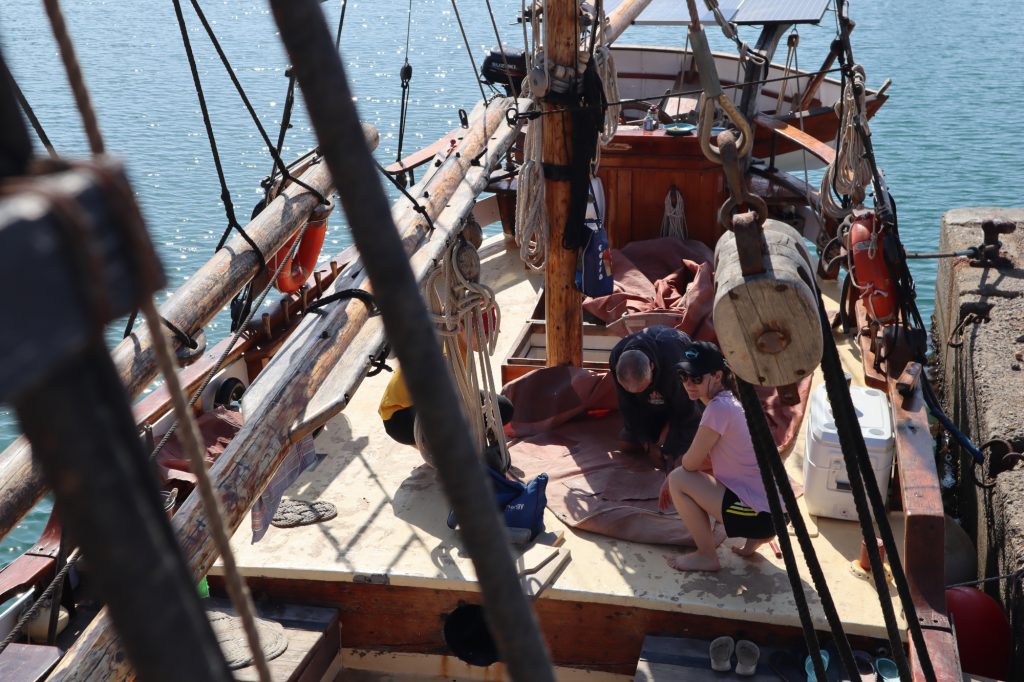
Almerimar to Alboran Island — Monday 8th May 2023 — The sea is a bit choppy but should get better later in the day, so this morning, at 7 am, we finally set sail! Every person on board has a clear timetable with a repetition of 1-hour-long duties: navigation, lookout, and data. Navigation is probably the easiest task: we only have to steer the wheel in the direction that the GPS indicates. Lookout is a little trickier in the first few days, as our eyes adjust to looking through binoculars for long periods of time. The sea looks like a blue desert and it is not always easy to spot an animal. We need to learn how to recognize a fin, a back, a shell or a splash amongst the waves — without being tricked by floating bits of garbage. That first day is a great opportunity to practise, as we get to see hundreds of dolphins, including the increasingly rare common dolphin, pilot whales, and four turtles. This is quite impressive for a single day — and the first day of the expedition, at that!
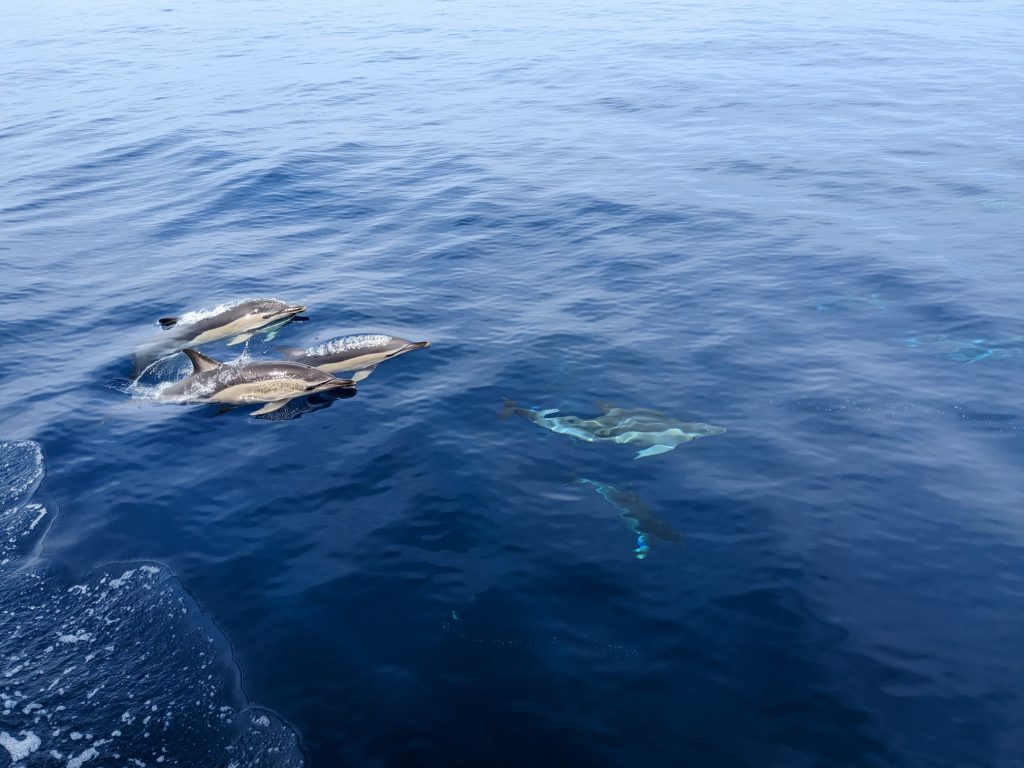
Turtles have the potential to be great oceanographers, which means they can collect a wealth of data about the ocean if we equip them with the right tool. That tool is a satellite tag, a little marvel of costly technology attached to their shell which will collect data about the ocean (salinity, etc.) as well as their geographical location for about a year, before naturally falling off the shell. On Toftevaag, we use an unconventional approach to catch the turtles we equip with satellite tags: instead of jumping on them from the boat, a member of the crew silently approaches the turtle to catch it and then swims it back to our ship, where it is lifted on deck. The whole process takes a couple of hours — we first take pictures of the individual, then we sand its shell to make it smoother, disinfect it, then glue the tag, before letting it dry. The turtle is then ready to be released into the ocean, unknowingly helping hundreds of turtles thanks to the information it will bring us.
The data tagged turtles collect is indeed a treasure for scientists. They provide us with previously unknown knowledge about turtle’s lives such as their migration patterns or their feeding grounds. Alnitak has worked with some fishermen for over 30 years, and have together made some significant and tangible contributions to conservation, such as modifying hook type and depth as well as bait in the Spanish longline fishery targeting swordfish, measures that can avoid 10 000 to 30 000 turtles bycatch every year! This is quite a stark example of the ways combining research, local discussions with stakeholders, and policies can have a massive impact on the protection of marine biodiversity.
